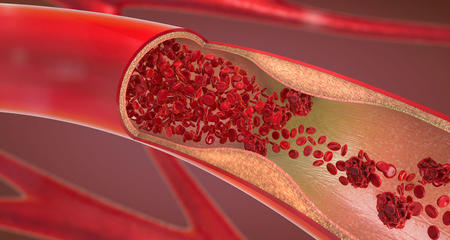The presence of peripheral artery disease (PAD) can be confirmed with a simple test called an ankle brachial index (ABI). Blood tests and other vascular lab tests may be done to determine the cause, extent of the disease and location of any blockages. We use state-of-the-art imaging and diagnostic equipment to diagnose PAD, also called peripheral vascular disease (PVD), including:
- Non-invasive vascular lab procedures (conducted without the need for radiation or contrast drugs)
- Ankle brachial index (ABI)
- Treadmill exercise test
- Extremity arterial duplex scan
- Carotid duplex scan
- Venous duplex ultrasound
- CT angiography (CTA)
- Magnetic resonance imaging (MRI) and magnetic resonance angiography (MRA)
Non-Invasive Tests for PAD
Other non-invasive tests may be used in the diagnosis of PAD. Some of the most widely used, which also do not require the use of contrast drugs, X-rays or radiation, include:
- Photoplethysmography (PPG): Similar to an ankle brachial index except that it uses a small blood pressure cuff around the toe and a PPG sensor (infrared light to evaluate blood flow near the surface of the skin). These are compared to the systolic blood pressure in the arm.
- Pulse volume recording (PVR): Used to calculate blood volume changes in the legs using a recording device that displays the results as a waveform.
- Reactive hyperemia test: Similar to a treadmill test, but for people who are unable to walk on a treadmill. While a person is lying on his or her back, comparative blood pressure measurements are taken on the thighs and ankles to determine any decrease between the two.
- Segmental blood pressure measurements: A means of comparing blood pressure measurements using a Doppler device in the upper thigh, above and below the knee, at the ankle, and on the arm to determine any constriction in blood flow.
Virtual Visits Are Available
Safe and convenient virtual visits by video let you get the care you need via a mobile device, tablet or computer wherever you are. We'll assess your condition and develop a treatment plan right away. To schedule a virtual visit, call 414-777-7700.


